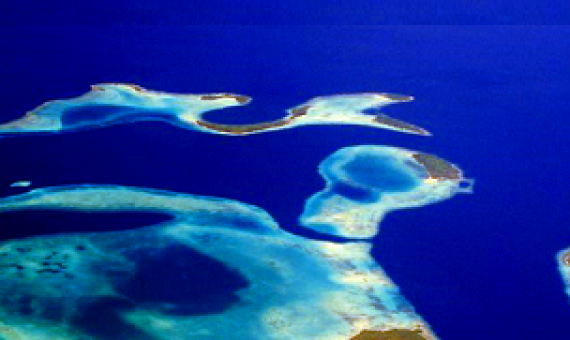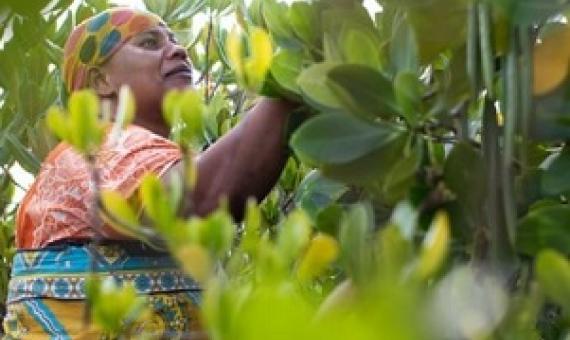Island nations are noted for their particularly high-levels of biodiversity and endemic species. However, they are also more vulnerable to biodiversity loss, having already experienced 61% of recent global extinctions.
An international assessment of the barriers influencing the effectiveness of island ecosystem management
Island ecosystems are disproportionally impacted by biodiversity loss and as such their effective management is critical to global conservation efforts. Practitioners worldwide work to manage island sites and species to conserve them, but various day-to-day barriers compromise these efforts, reducing management effectiveness and preventing local and potentially even national biodiversity targets from being met.
On the table for consideration at the United Nations Convention on Biological Diversity (CBD) this year are ambitious goals to protect 30 percent of the world’s terrestrial and marine habitats by 2030, known colloquially as 30x30.
Participation, not penalties: Community involvement and equitable governance contribute to more effective multiuse protected areas
Accelerating ecosystem degradation has spurred proposals to vastly expand the extent of protected areas (PAs), potentially affecting the livelihoods and well-being of indigenous peoples and local communities (IPLCs) worldwide. The benefits of multiuse PAs that elevate the role of IPLCs in management have long been recognized. However, quantitative examinations of how resource governance and the distribution of management rights affect conservation outcomes are vital for long-term sustainability.
Creating large-scale marine protected areas (MPAs) can be a powerful way for governments to safeguard entire ecosystems. But the success of those MPAs in delivering conservation benefits depends on effective management.









